More Jazz Recordings Featuring the Guitar
Reviews and Commentaries for Gabor Szabo

- With two incredible Nearly Triple Plus (A++ to A+++) sides, this original Impulse pressing is close to the BEST we have ever heard, right up there with our Shootout Winner – fairly quiet vinyl too
- This copy was bigger, richer and clearer, with less smear and distortion, and more Tubey Magic, than practically all others we played
- Recorded in 1967, this vintage stereo pressing boasts exceptionally natural guitar sound, as well as note-like bass and the kind of energy you rarely get outside of a live performance
- Marks in the vinyl are sometimes the nature of the beast with these vintage LPs – there simply is no way around them if the superior sound of vintage analog is important to you
- 4 1/2 stars: “In 1967, guitarist Gabor Szabo had his finest working group, a quintet with the very complementary fellow guitarist Jimmy Stewart, bassist Louis Kabok, either Marty Morrell or Bill Goodwin on drums and percussionist Hal Gordon.”
This is a live recording that’s got that small jazz club feel. “Lucy in the Sky with Diamonds” runs almost ten minutes and gives everybody involved a chance to stretch out. “People” is also exceptionally good here.
It’s hard to find a recording Szabo did that isn’t full of Tubey Magic, huge studio space and right-on-the-money instrumental timbres. This album is right up there with the best of his recordings, courtesy of the two top engineers noted below.

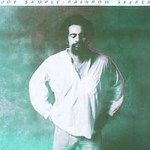
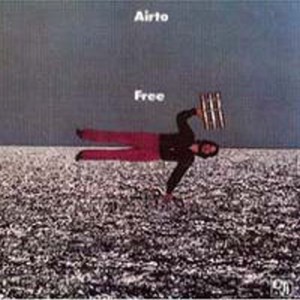
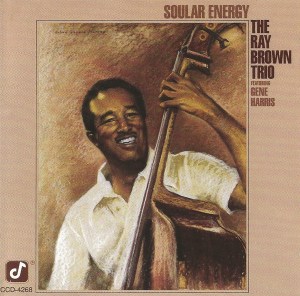

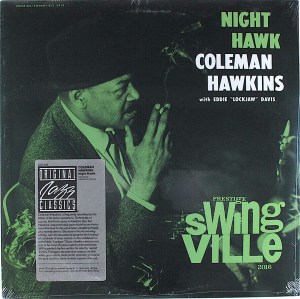

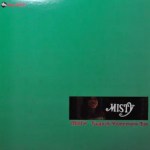
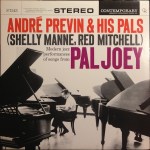 More Jazz Recordings Featuring the Piano
More Jazz Recordings Featuring the Piano